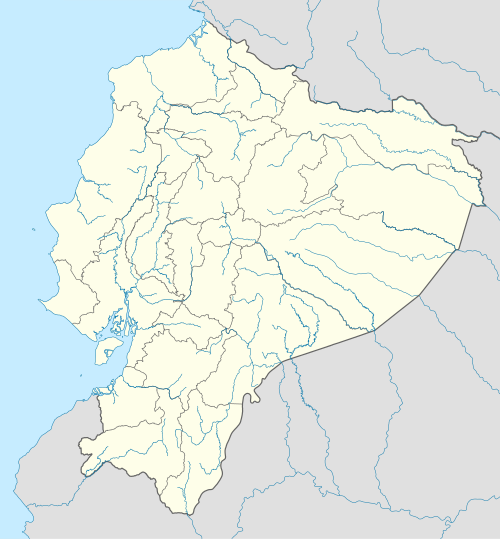| Campeonato Sudamericano Sub-17 Ecuador 2011 | |
|---|---|
| Tournament details | |
| Host country | Ecuador |
| Dates | 12 March – 9 April |
| Teams | 10 (from 1 confederation) |
| Venue(s) | 6 (in 5 host cities) |
| Final positions | |
| Champions | |
| Runners-up | |
| Third place | |
| Fourth place | |
| Tournament statistics | |
| Matches played | 35 |
| Goals scored | 110 (3.14 per match) |
| Top scorer(s) | (6 goals) |
← 2009 2013 → | |
The 2011 South American Under-17 Football Championship (Spanish: Campeonato Sudamericano Sub-17 Ecuador 2011) was the 14th U-17 tournament for national teams affiliated with CONMEBOL. It was held in Ecuador from 12 March to 9 April 2011. [1]
Contents
- Teams
- Venues
- Officials
- Squads
- First stage
- Group A
- Group B
- Final stage
- Goalscorers
- See also
- References
- External links
This tournament gave four berths to the 2011 FIFA U-17 World Cup, which was held in Mexico, and also the 2011 Pan American Games in Guadalajara, Mexico. Brazil won their tenth title and their fourth in a row. They qualified to the aforementioned tournaments along with Uruguay, Argentina, and Ecuador.
